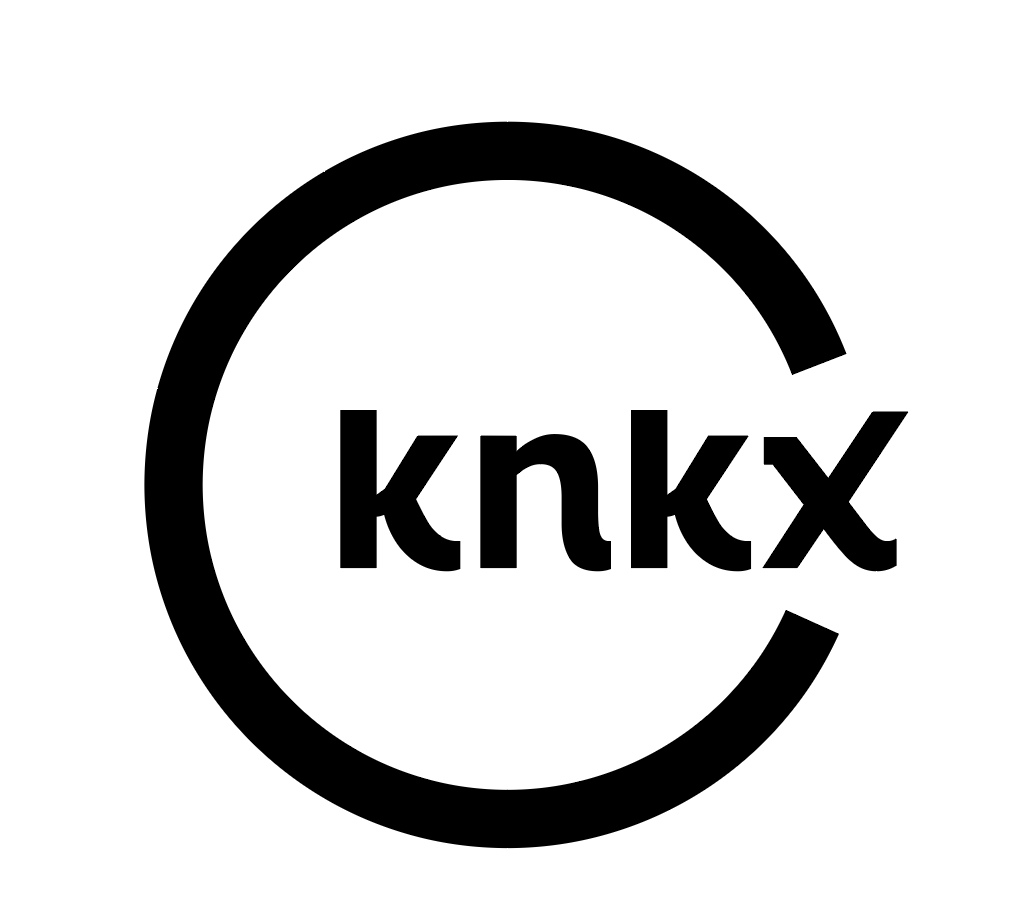We acknowledge that many advocates across Washington State believe it is time to rethink how Washington funds public education. As an ally and advocate for education justice, we offer these recommendations for consideration in achieving equity in Washington’s K12 education system.
The policy decisions about how much we spend and how to invest and allocate that funding significantly impact the day-to-day experiences of students and their future opportunities. For all the focus on bespoke programs and nuanced policy, research shows that simple, straightforward increases in school funding levels might just matter more than anything else when it comes to long-run student outcomes in terms of higher wages and reductions in adult poverty.
Washington made significant changes to the way schools are funded in 2018, following the state Supreme Court ruling in the “McCleary” case that Washington had not been meeting its paramount duty to fully fund basic education for decades. The changes implemented by the State Legislature did result in an overall increase in state funding to education and made important progress towards leveling out funding disparities between school districts. This was real progress, but the work should not stop. Our current state funding system is still structured in a way that perpetuates funding inequities, and we should rewrite key aspects of our school funding systems to ensure that they align with our values and goals for all Washington students.
There are four key areas in school funding policy in Washington that we believe perpetuate funding inequities across our state and should be revised:
- The type of formula used to distribute school funding.
- Consideration of student characteristics.
- Inclusion of local revenue.
- Accountability Management
K-12 Education Formula and Structure
All states use a formula to distribute their school funding. How these formulas are structured is important as it determines whether or not equity concerns are at the center of formula considerations. In Washington, our K-12 education funding formula is called a “resource-based” funding model. Under this approach, the amount of money that school districts receive from the state is based on the cost of delivering education, primarily in the form of teacher and staff salaries, but also including course materials. The more common funding formula is a “student-based” model, in which the amount of state funding a district receives is driven by the count of students in the district.
A robust analysis of these two funding models clearly suggests that a strong funding formula should be student-based rather than resource-based. With this method, the focus is on the individual student, and district funding is based on the unique needs and characteristics of the students in that particular district.
In Washington, we should rewrite our prototypical school funding model to no longer be resource-based and instead adopt a weighted, student-based formula. There are two aspects to this approach:
- The formula should begin with a base amount that meaningfully reflects the costs of educating a single student and is uniform statewide. In other words, it should be sufficient to cover the per-student share of competitive teacher salaries, materials, support services, technology, etc.
- The base amount should be adjusted upwards, i.e., “weighted,” for students from low-income families, English language learners, and students with disabilities.
Consideration of Student Characteristics
After the funding formula type and structure, the next big consideration is how Washington’s education funding system should provide additional resources to districts to support students from low-income families, English language learners, and students with disabilities. In Washington, our current funding model does, in fact, provide increased funding for English language learners and students with disabilities. And increased funding for districts with higher concentrations of low-income students. But because our education funding formula is resource-based rather than student-based, we don’t have the ability to apply a straightforward weighting to the per-pupil base amount.
In Washington, we should change the way we meet the needs of students from low-income families, English language learners, and students with disabilities and apply simple and generous weights to the base funding amount for every student in a district that falls in one of these categories. If a student is an English language learner from a low-income household, the weighting should reflect the full value of both weights.
But how much more funding should be provided to serve students from these groups adequately? One study estimated that school funding systems should provide 2 to 3 times as much funding for students with additional needs than those without. That would be a big price tag, but policymakers should not dismiss the research and should set the following long-term student-based funding goals for Washington:
- We should aim to provide 100% to 200% more funding for students from low-income households than for students from higher-income families.
- We should target 100% to 150% more per-student funding for English language learners.
- Additional funding to support students with disabilities should be based on their unique needs. Washington’s current special education funding approach provides the same amount of funding for each student with disabilities, regardless of varied conditions and diagnoses. Instead, we should adopt a multiple-weight system to provide funding for students receiving special education services. Students ought to be assigned to different tiers based on their diagnoses and the associated instructional costs.
Local Revenue
In most states, including Washington, education funding includes a combination of state and local dollars. Most states have a local share policy, in which the state first establishes a funding formula and then dictates responsibility for fulfilling each district’s formula amount between the state and the school district.
In Washington, our formula amount is fully funded at the state level, but local districts can raise and keep supplemental revenue through property tax levies. There is a cap on how much local districts can add to their revenues through levies. Despite efforts to address funding inequities, a district’s ability to pass local funding levies still drives disparities across Washington.
It does not need to be this way. The state of Vermont funds its schools entirely out of state revenue. When all education dollars are pooled at the state level, the state has the greatest ability to ensure that funding is equitable and that students’ resources are not dependent on the wealth of the local community.
In Washington, we should levy a designated education tax—a state property tax, the proceeds of which are collected in a state education fund that is used to fund all districts, and districts should not be allowed to raise local revenues. This full pooling of education dollars at the state level completely cuts the tie between funding amounts and local wealth levels, providing for funding equity without complicated systems for transferring local dollars between districts.
Accountability Management
While the McCleary decision invested more resources into Washington’s public education system, disparities, particularly among English language learners, those living in poverty, and students with disabilities, have remained relatively the same or worsened. This indicates that little to no change is being made with increased funding, and we believe it is partly due to the lack of accountability and transparency for the resources allocated to districts.
Lacking an accountability management system will continue to prevent Washington from realizing true equity in the state’s education system. To position Washington State as a national leader in education achievement and enable conditions for economic mobility, we must consider how we hold ourselves accountable to the resources that fund our schools. We should:
- Be transparent about system design and monitor funding going to districts and the aligned success measures tied to funding.
- Show clear and transparent data on how much funding schools receive yearly and align success measures over time.
As we’ve laid out here, reforming our K-12 education funding model is important on a substantive level in order to address short-term school district budget challenges, and the deeper the inequities that are baked into the system. But we would also say that funding reform would be politically smart for state leaders to prioritize. From a purely political standpoint, it’s a bad look for Washington State that we put more money into the schools in our wealthiest areas.
Bold K-12 education funding reform could help Washington be a state that offers pathways to high-paying jobs and long-term economic stability, and generate a stream of good news stories about rising education outcomes. This would be great primarily because it’s a good idea on the merits, but it would also give state elected officials the opportunity to tout how they have passed some good laws that will make substantial improvements to our K-12 education system.
















